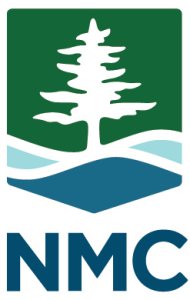At January’s Friday Forum, we heard from a panel on the topic of neurodiversity (the range of individual differences in brain function and behavioral traits including autism spectrum disorder and dyslexia). Two students, Hannah Krohn and Harley Maxbauer; a former student, Evan Stoll; the owner of RJG Inc., Mike Groleau; and Disability Services’ Leanne Baumler all spoke to the advantages and challenges of neurodiversity in the classroom.
I took several key points away: first, as instructors, we should aim to make learning accessible for everyone. As Harley said, for him with learning, “the destination is the same but the road is different.” So we want to be flexible and explicit in how we present material as well as how students can meet the outcomes of our courses. Hanna, for instance, noted the value of making lecture slides available after class for students who can not read written information quickly.
Second, there are a ton of amazing tool out there for students who learn differently. For example, Read&Write, a software available to all students, will read written text out loud. Leanne can talk with you or your students about the range of tools available.
Third, there is a lot of stigma still attached to learning differences, and dyslexic students or students with ADD or on the autism spectrum often arrive in college with a lot of trauma around school and learning. They have been made to feel stupid or lazy or rude. So the more we can support these students (all students, really) as they meet the rigors of our courses, the more confidence they will gain. The panel spoke, too, to the importance of students advocating for themselves with both instructors and peers. Though talking about their needs can be difficult, they acknowledged that it is crucial. Still, they asserted, having specific information for students with disabilities on the syllabus and inviting students with disabilities to come discuss issues encourages that self-advocacy and allows students to succeed.

